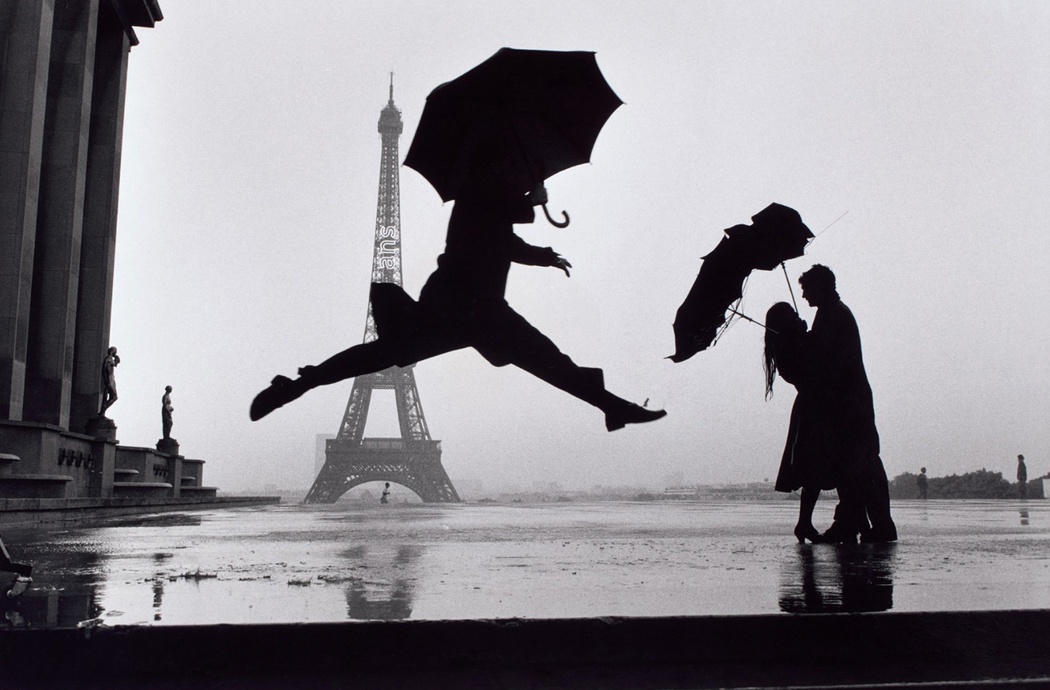
SILVER GELATIN PRINTS
The silver gelatin process was born in the 1870s, but it was in the 1910s that it became the most common method of printing black and white photographs. The technique has remained very much the same to the present day. A silver gelatin photograph may refer to one of two things: either the glass plate/film negative or the silver print made from this negative. The technique got its name from the fact that both the negative and the photographic paper contain silver halide crystals. Silver gelatin papers are made by coating an emulsion of light-sensitive silver salts in gelatin onto a sheet of paper. The sensitised paper is exposed to light through a negative and then developed out – that is, made visible in a chemical reducing solution. Silver prints are known for having a distinct luminous quality, and are characterised by deep blacks and subdued whites, organic texture and a timeless look. Because the silver image is suspended in a layer of gelatin emulsion that rests on a pigment-coated paper, silver gelatin prints can be sharply defined and highly detailed in comparison to platinum or palladium prints, in which the image is absorbed directly into the fibres of the paper. Most twentieth century black and white prints are silver gelatin prints and the printing process remains popular today because of its traditional aesthetic, and because the prints are stable. A variety of paper types are available to photographers, which can produce varying amounts of texture in the final print.

Paris, France 1989 (Umbrella Jump) by Elliott Erwitt (1928-2023)
Silver Gelatin Print 91.2 x 60.9cm